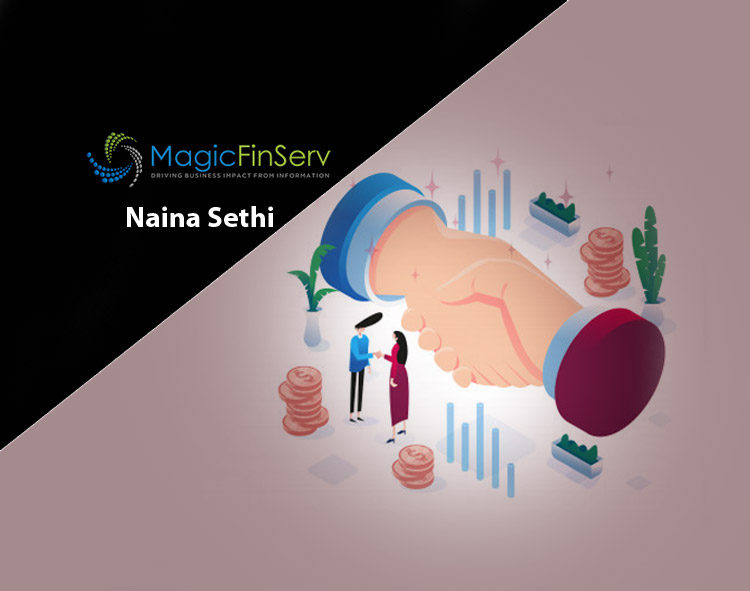The emergence of FinTech has altered the financial landscape across the world – there has been a massive transition from physical infrastructure to digital platforms. The initial growth phase saw many Financial Institutions (FIs) like Banks, Insurance, and Asset Management Companies vying to acquire or partner with the FinTechs primarily to capitalize on their technological sophistication.
FinTech companies raised a total of US$44.6 billion in funding through 1,813 transactions, making 2019 the most significant year ever in terms of deal count, up 10% from 2018, and the second-largest year ever in terms of dollar volume, according to FT Partners’ 2019 FinTech Almanac. North America represented 51% (US$22.89 billion) of FinTech funding volume and 47% (858) of deal counts.
Notable deals include Bright Health (US$635 million), Chime (US$700 million), UiPath (US$568 million), and Clover (US$500 million).
Then the advent of COVID-19 disrupted normality across a broad spectrum – from the way we conduct our day-to-day life to managing financial transactions. Financial Technology has a pivotal role in the present scenario with the demand for mobile payments, online credit approval for loans, online trading expected to increase manifold post the pandemic.
According to a recent Deloitte report, USA-based FinTech investments stand at $4.3 billion, more than any other country, accounting for 46% of total funding in Q1 2020.
For the time being, the pandemic is likely to restrict the steep growth in revenues for FinTechs in the forthcoming quarters with economic activity getting stalled. However, with work-from-home and social distancing the new norms in the society, the potential of using digital platforms increases manifold. According to the latest EY Global FinTech Adoption Index, FinTech adoption among consumers has nearly doubled over the past 18 months, and the adoption rate is growing faster than anticipated. Globally, 64% of digitally-active consumers across 27 markets use FinTech, and awareness is even higher. Among the US markets, consumer adoption has grown 29.5% in the last four years, while one-quarter of small and medium-sized enterprises (SMEs) use FinTech, with a 23% adoption rate.
FinTechs are now encountering the dichotomy of growing too much and too soon. While they need to scale up immediately, FinTechs are also staring at cost pressures, liquidity concerns, and resource crunch. Therefore, to achieve the maximum benefits of innovation, scale the business, and extend the reach, a value-creating partnership among the FinTechs and service providers is needed. Creative collaborations between domain-expert service providers and FinTechs can bring the ability to foster innovation, bring economies of scale, and drive pricing power.
Within the three choices of Buy, Build, or Partner, each approach has its pros and cons; there are essential considerations for implementing a “Buy, Build or Partner” strategy that rests on the premise that time and material resources are finite. These considerations are Leveraging Open-source, Protecting Mindshare, and Trusting Inorganic Growth.
Read More: The Future Face of Cloud Native Computing
Leveraging Open Source
The ubiquitous existing Open-source tech stacks today do not require FinTechs to reinvent the wheel. The famous four (Apple, Google, Microsoft, and Linux) have been replaced with stable community-driven open-source code. This open-source code is not based on cyclical updates; it offers real-time bug fixes and new improvements. It also produces results in T-0 vulnerabilities as opposed to proprietary solutions. Embracing this world of Open-source and applying their domain expertise is how FinTechs can get the maximum bang for the buck.
Protecting Mindshare
FinTechs should focus on building responsibly, keeping costs low, and hiring for what they don’t know. Maintaining a right-sized team and working on core capabilities such as product development, feature building, and customer success can hold FinTechs in good stead.
It is essential to identify and diagnose weak areas in the company from the outset. Then buy or hire those services from a vendor that spends day and night perfecting that exact skillset. A service provider with the right domain expertise can easily handle other aspects like QA, DevOps, Cloud Migration projects without adding to the overhead (read: high fixed costs such as offices, servers, inventory) of managing them inhouse. Reiterating that the IP is not at risk if the contract specifies that source code must be handled and maintained by the owner firm. Deciding on an outcome-based model that establishes clear deliverables can significantly enhance the partnership with a service provider.
Read More: Why Banks Are Only as Good as the Data That Underpins Their Trading
FinTechs must remember that burn rates should not make investors or leadership teams uncomfortable. As Venture Capitalist Mark Suster warns, “a company’s runway should not fall below 6-7 months of cash on hand” and reminds us “high fixed costs and high debt rates killed many great companies in Dot Com 1.0”. Figure out a “Buy” strategy to keep sticky situations and rainy days to a minimum by increasing variable costs and reducing fixed costs. In turn, this generates momentum for speed to market and allows you to maintain a position well ahead of your peers.
Trusting Inorganic Growth
FinTechs should not underestimate the “Butterfly Effect” of an outsourcing partner’s ability to drive inorganic growth for them in unique ways. Unsuspecting partnerships have often helped drive:
- Geographical scale
- Customer acquisition and adoption
- IP augmentation
- Insights & analytics
Choosing to work with the domain expert, can enhance a FinTech’s credibility in the investors’ eyes and help them establish critical relationships in their ecosystem. For example, sewing a web of Apple products’ interconnectivity with other clients’ business applications and adapting best practices continue to be a win-win for the iPhone/iPad maker and their outsourcing providers.
With the right governance, leveraging open-source solutions with effective domain-specific frameworks, “Buy” and “Partner” strategies can take the FinTechs where they want to go exponentially faster and rise above the challenges presented by COVID-19.
